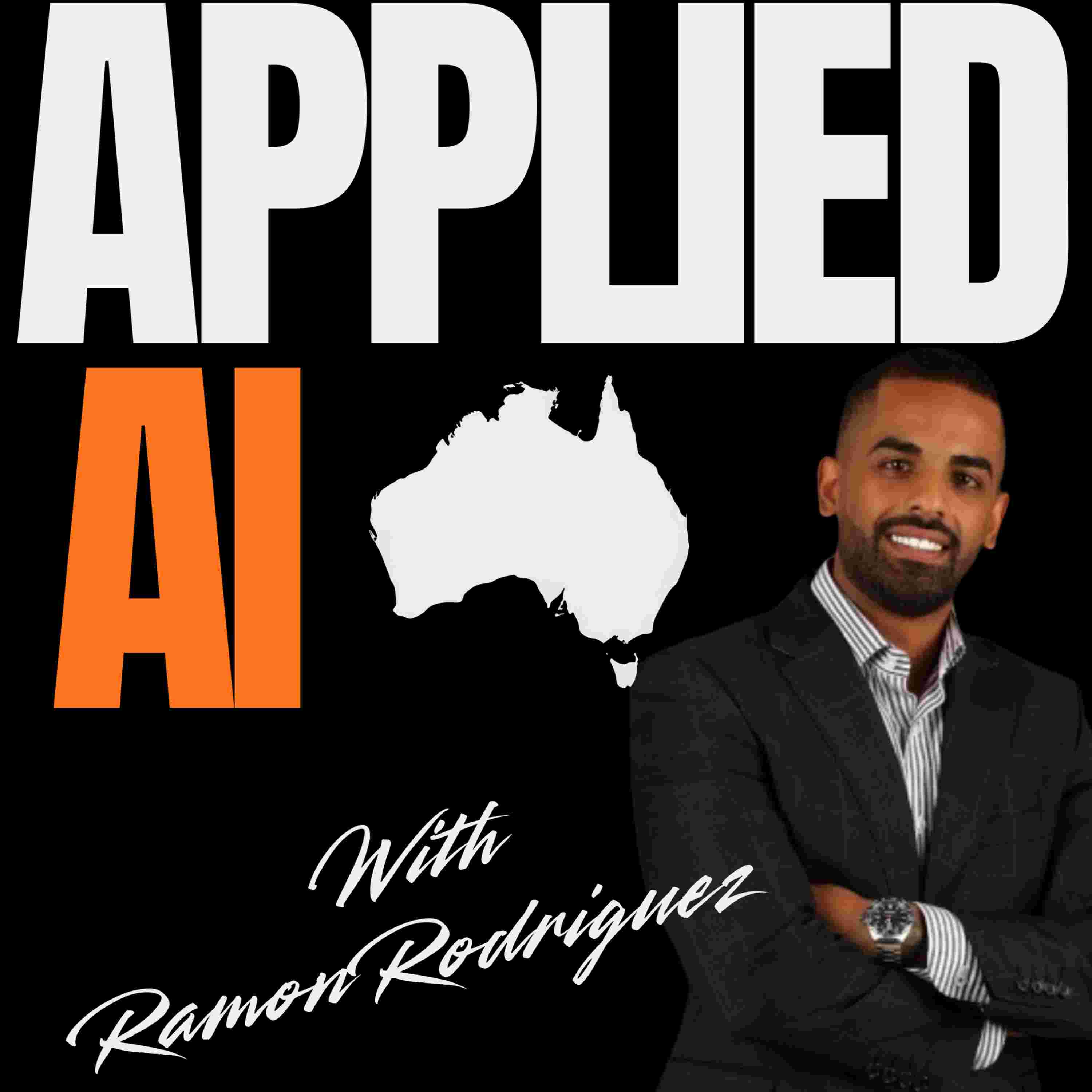

Unlocking Strategic Decision-Making with AI: The Power of Structured Prompting
Most executives think prompting is about clever questions. With GPT-5, that’s outdated. The real advantage is structured briefing - managing AI like you would a consultant.
In this episode of Applied AI Australia, Ramon Rodriguez shares how structured prompting turns GPT-5 into a boardroom asset, delivering consulting-grade intelligence in hours, not weeks
As promised, here’s what to put in custom settings:
1️⃣ Assign a role & scope the mandate
→ Tell the AI who it is (e.g., “You are a strategic consultant to a mid-market CFO”) and what it’s responsible for.
2️⃣ Control reasoning depth
→ Specify when it should go step-by-step versus when you want a concise, high-level summary.
3️⃣ Specify the deliverable
→ Define the output format upfront (e.g., board brief, 2x2 matrix, table) and set length (e.g., <800 words).
4️⃣ Install a feedback loop
→ Instruct the AI to ask clarifying questions before advising if your prompt is missing context.
5️⃣ Sequential prompting to stress-test decisions
→ Use structured steps like a premortem, scenario analysis, or a skeptical board review to challenge assumptions and strengthen recommendations.
Ramon also introduces a 48-Hour Strategic Briefing Challenge and the free AI Adoption Scorecard, giving non-technical executives a practical playbook to accelerate smarter decisions and stay competitive.
👉 Download the AI Adoption Scorecard: appliedaiaustralia.com.au
👉 Join the newsletter: appliedaiaustralia.substack.com
Chapters
00:00 — Introduction to Applied AI Australia
00:25 — The reality for mid-market Australian executives
02:01 — Leveraging AI for strategic decision-making
04:17 — The evolution and challenges of AI tools
08:57 — Crafting effective AI prompts
10:46 — Five principles for AI briefing
14:03 — Sequential prompting for strategic value
16:35 — Conclusion + strategic briefing challenge